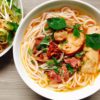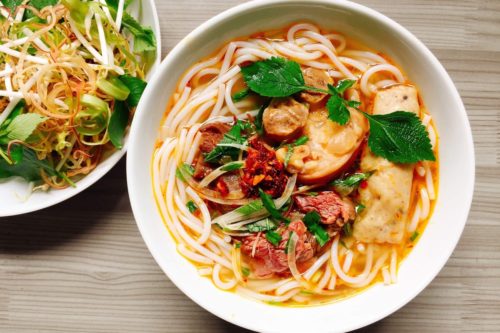Best Foods to Control Diabetes

D iabetes is a clinical syndrome that results due to an increase in blood glucose levels. There are two types: Diabetes Mellitus Type 1 or Diabetes Mellitus Type 2. DM1 usually targets a younger age group while DM2 targets an older age group. Diabetes cannot be completely cured but it can be managed with smart food choices, an active lifestyle, and compliance to medication.
Here are some of the best foods to control diabetes according to medical research.
Low Carbohydrate Foods
Low-Glycemic Index Foods
When approaching carbohydrates in a diet, it is important to not completely eliminate them because they are an important source of energy for the body.
The best carbohydrates for diabetes patients must have a low glycemic index. The glycemic index measures how much a certain food causes blood sugars to rise after meals. Any food that scores 55 or lower is safe for a diabetic patient.
Some examples are raw carrots, bran cereals, legumes, lentils, chickpeas, and kidney beans. Certain bread also has a low glycemic index and is not dangerous to the patient in low quantities. Sourdough and multigrain bran bread are two such options.
Non-Nutritive Sweeteners
The American Diabetes Association has researched the effect of substituting sugar and other sweeteners with non-nutritive sweeteners for Diabetes. So long as the diabetic patient does not compensate “zero-calorie” sweeteners with having an otherwise unhealthy diet, it is proven to reduce the overall carbohydrate intake of any meal.
Examples of non-nutritive sweeteners that you can use instead of sugar in meals are Splenda, Stevia, Equal, and NutraSweet.
Low-Fat Foods
MUFA-Rich Foods
Increasing in popularity among endocrinologists and their patients, these foods are rich in monounsaturated fatty acids, which can be substituted for high-fat foods.
Some examples include:
- Nuts such as cashews, pecans, macadamias
- Nut butter
- Vegetable oils
- Olives
- Avocados can easily replace animal fats in diets for diabetic patients.
Their benefits are twofold; they work to reduce the increased risk of stroke and CVA and also control the glycemic index after meals.
They are still high in calories, so should be used instead of animal fats, and are not used alongside animal fats in abundance or chances of weight gain are eminent.
Plant-Based Foods
Although primarily employed in the prevention phase rather than in the management phase of diabetes, a plant-based diet can be used as per the need of diabetic patients as it has more benefits than harmful effects.
Plant-based diets are rich in phytosterols, which are the core part of management plans for any metabolic disorders; specially Hypertension and Diabetes. These esters and sterols help in blocking the absorption of cholesterol and fats from the intestine. They also lower the lipid levels in the blood.
Another benefit is the steep decline of BMI and upregulation of “glucose control” in patients who are obese if a purely plant-based diet is observed.
High-Protein Foods
Lean Meats, Whole Eggs, Fish, and Poultry
High-protein foods are an essential part of the diet for diabetics due to the property of proteins that increases insulin production, they end up being just as healthy as they are delicious.
Steaks, grilled poultry, and whole eggs may be consumed every other day. While at least 1-2 servings of fish per week are allowed for both healthy fat and protein requirements in a diabetic patient.
While proteins stimulate insulin release, they do not increase glucose in the blood after meals and can help in weight loss in obese patients as well. This makes them, by far, the most favorite food group prescribed as part of the meal plan.
Micronutrients
Flax Seeds
Diabetic patients are always encouraged to have their micronutrient requirements met by an organic diet except for rare exceptions. While many herbal remedies are in trial, it is not recommended to self-prescribe and use any herbal treatment without bringing it to your doctor’s attention. Many home remedies interact and cause reactions when used with medicines prescribed for Diabetes.
One prominent study in 2009, studied the effects of Flaxseeds in decreasing the stress in diabetic patients’ bodies. Flaxseeds as a food choice repeatedly decreased the inflammatory markers IL-6, CRP, and retinol-binding protein 4 in patients with Type 2 Diabetes.
All in all, diabetes patients don’t need to starve themselves or observe portion control if they restrict themselves to certain food groups. Bigger gaps between meals, and incorporating the best food recommendations by medical science will help them manage their symptoms and live a long healthy life.








